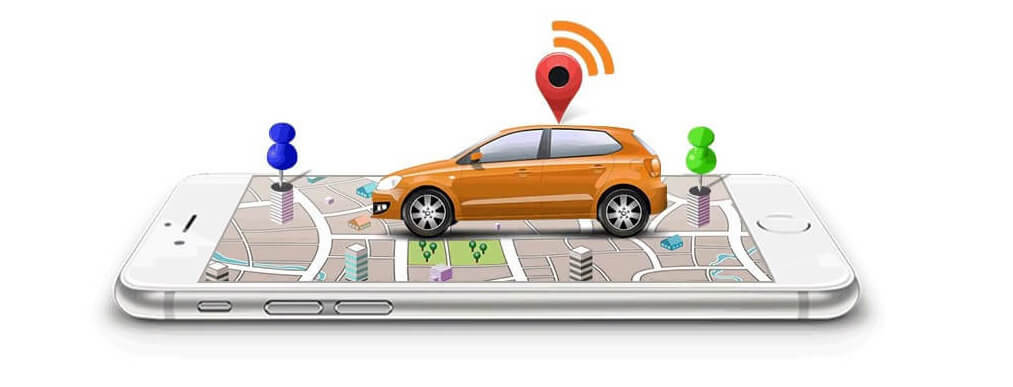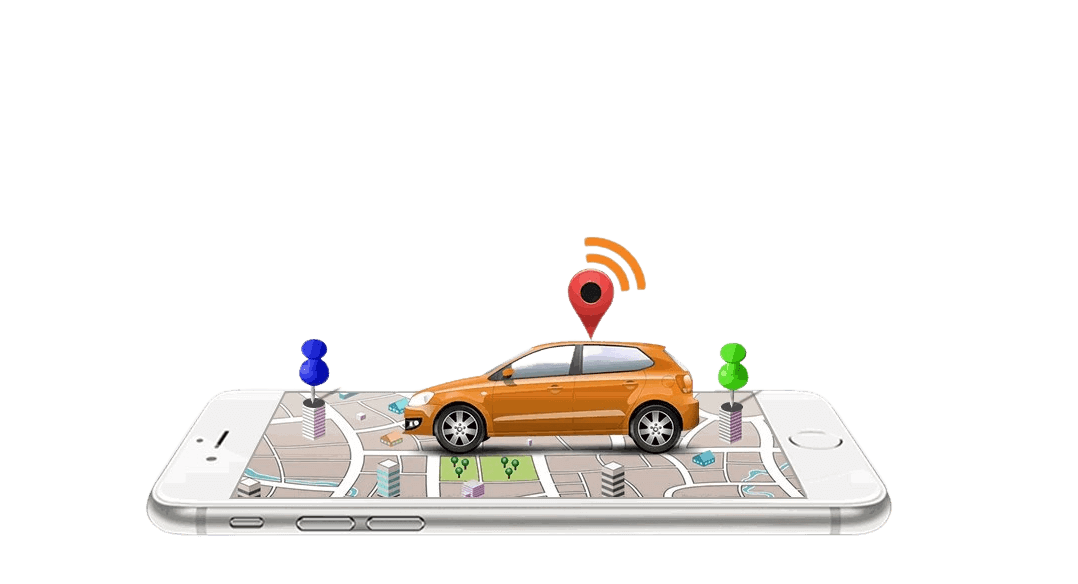What is telematics in a car
One of the latest trends in the automotive industry is the collection of information on the driver and how they operate their vehicles. This information can be used to provide feedback to the driver that makes them more aware of their habits and how they can change them to improve driving performance and help them get better gas mileage and overall better performance overall from their vehicle. Here’s what you need to know about telematics in cars, what it does, and why it could be beneficial for you.
Must-Have Features of Automotive Telematics Systems
If you have been looking into automotive telematics systems and wondered how they can help your fleet, there are many compelling reasons for purchasing them. However, one must consider what features would be best to include when investing in such a system. Automotive telematics systems work via data-acquisition modules that gather information from an automobile’s engine and transmission control units. This helps fleets to make better decisions regarding fuel consumption and vehicle maintenance.

Route Optimization and Navigation
Telematics technology refers to a broad range of devices and applications, but at its core, it has one main purpose: to improve communications between vehicles and people. For example, drivers can use navigation services to learn about traffic conditions ahead of them, even before entering a freeway. Telematics allows cars to communicate with each other and with other cars on roadways. While telematics technology can be applied across many industries—automotive being just one—the word telematics typically refers to automotive telematics technology.
Safety and Security
Some car manufacturers are using car-telematics technology to offer enhanced safety and security. Car communication can help improve driving safety and efficiency, monitor driver behaviour, allow for vehicle access control (including remote unlocking), protect against collision or crash damage during emergencies, protect vehicle security, and much more. The device lets owners locate their vehicle from any Internet connection and set up email or text alerts if their car moves outside certain geographic boundaries.
Connected Car Applications and Services
Telematics comprises many technologies that enable vehicles to transmit data about their condition and location, as well as provide information about what they sense from their immediate environment. Applications can warn drivers when nearby cars are travelling too fast or driving aggressively. Several car manufacturers have also begun adding Apple’s CarPlay feature to their vehicles—bringing iTunes and Siri into your car dash—but at least one model was recalled due to security issues that might allow hackers to remotely unlock doors and start engines.
Vehicle Diagnostics and Health Reports
Vehicle health reports are designed to provide you with timely alerts, information, and guidance to help you understand what’s happening with your car and how to fix it. Rather than just telling you that something needs repairing or replacing, vehicle health reports can give you insight into why a part might be failing so that you can make an informed decision about whether to replace it now or later. Car telematics also provides much more proactive analysis, such as tracking driver behavior, fuel efficiency, and trip routes for drivers—information that has even been shown to improve driving habits.
Cloud Connectivity
The term telematics typically refers to technology that collects and sends data, such as vehicle diagnostics or insurance information. When used in cars, it’s often combined with cloud connectivity to provide real-time communication between vehicles and services like mapping or local search. In most cases, you’ll also need a data plan to access these features (at least when they’re offered by carriers instead of manufacturers), but cellular networks offer more bandwidth than Bluetooth connections do. And while tethering through your smartphone may consume more battery life than streaming over your car’s infotainment system, using an existing data plan will save you time and effort.
Driver Monitoring
A lot of today’s cars come with built-in telematics which helps insurance companies track your driving behavior. So, you might be getting a discount for not speeding or tailgating. Some insurance providers also use driver monitoring to set rates for customers whose vehicles are equipped with black boxes (or onboard diagnostic computers), which can collect data about how drivers use their cars. While telematics devices can help some drivers save money on car insurance, they may also mean you end up paying more if you don’t drive like a person with extra caution. Cars that are monitored by your insurance company can affect policy prices based on everything from when and where you drive to how far you go before hitting the brakes or swerving out of traffic.
Customizable Alerts
Car telematics (sometimes called usage-based insurance or UBI) allows car owners to be more involved with how they’re driving and get a better idea of how safe they are behind the wheel. Unlike basic insurance that rates drivers based on age, gender, and marital status, car telematics will allow you to set your driving limits and alert you when you’re pushing them. You can be alerted when you cross pre-set speed or mileage limits, or if you drive for too many consecutive hours without taking the required amount of breaks. This helps keep you within range of your safe limits while also keeping your premium down.
Vehicle APIs
The idea to have applications run on your vehicle might sound strange, but it’s something we’re already familiar with. Our cars have built-in apps that can set our radios to stations and adjust cabin temperature via Bluetooth. It also enables greater communication between vehicles and manufacturers. This connectivity extends to your digital devices through APIs that allow you to interact with your car (or vice versa). This can range from simple features, such as sending a text if you’re speeding, or using your calendar app to automatically track your service schedule—to more advanced uses, such as finding nearby charging stations when you get low on battery power.
Applications of Vehicle Telematics
In today’s age, vehicle telematics has become one of its kind services that let you get access to an array of information regarding your car’s performance. This data can be collected through onboard sensors and transmitted wirelessly for evaluation. It does not only help you monitor your vehicle performance, but it also provides you with detailed diagnostic codes which are recorded by On-Board Diagnostics (OBD) systems.
Business-to-consumer vehicle telematics
Connected vehicle technology doesn’t just exist to serve businesses and help them collect information on drivers. Many companies that make dashboard devices also sell them to consumers as services. Telematics can also be useful for fleet owners, allowing companies to track their vehicles’ performance and location, thereby increasing efficiency and reducing costs. By installing dashboards with built-in GPS tracking systems, fleet managers can receive valuable real-time data from individual vehicles. They can then relay that information to other connected cars or back to head office using built-in wireless connections, providing details about driver behavior (how fast was he going?) or driving conditions (was there ice on the road?). A bonus: GPS systems will usually also tell you exactly where your car is if it gets stolen.
Business-to-product vehicle telematics
Automakers and other vehicle manufacturers are starting to offer connected car technology on many of their new vehicles. These systems typically rely on GPS tracking, wireless connection, and various sensors (such as engine diagnostics, proximity alerts, and acceleration data) to provide a wide range of information that can be extremely useful to drivers. For example, they can notify drivers if they are speeding, help them find their cars in large parking lots, or even calculate fuel consumption and help drivers save money on gas. Some models also have smart features like remote unlocking capabilities through an app or satellite radio options from subscription services such as Sirius XM. Businesses are now able to send messages directly to your vehicle’s dashboard with these systems.
Business-to-business vehicle telematics
You’re here because you want to understand why companies buy vehicle telematics, what kind of data they want, and which companies are doing it. You’re not alone! The B2B (business-to-business) industry has long been interested in leveraging vehicle data for greater business insight and efficiency—and for good reason. Telematics is an effective way to optimize your fleet so that it runs more efficiently and effectively. And because your company will be working with other businesses to purchase, implement, and use vehicle-based applications and data products, you’ll likely be relying on a solution provider (or partners) to help you on your journey.
Useful links
- Company website: https://damoov.com
- Open-source telematics app: https://damoov.com/telematics-app
- Telematics SDK: https://damoov.com/telematics-sdk
- Telematics API: https://damoov.co/api-services
- Developer portal: https://docs.damoov.com
- Datahub: https://app.damoov.comm
- Github: https://github.com/Mobile-Telematics


